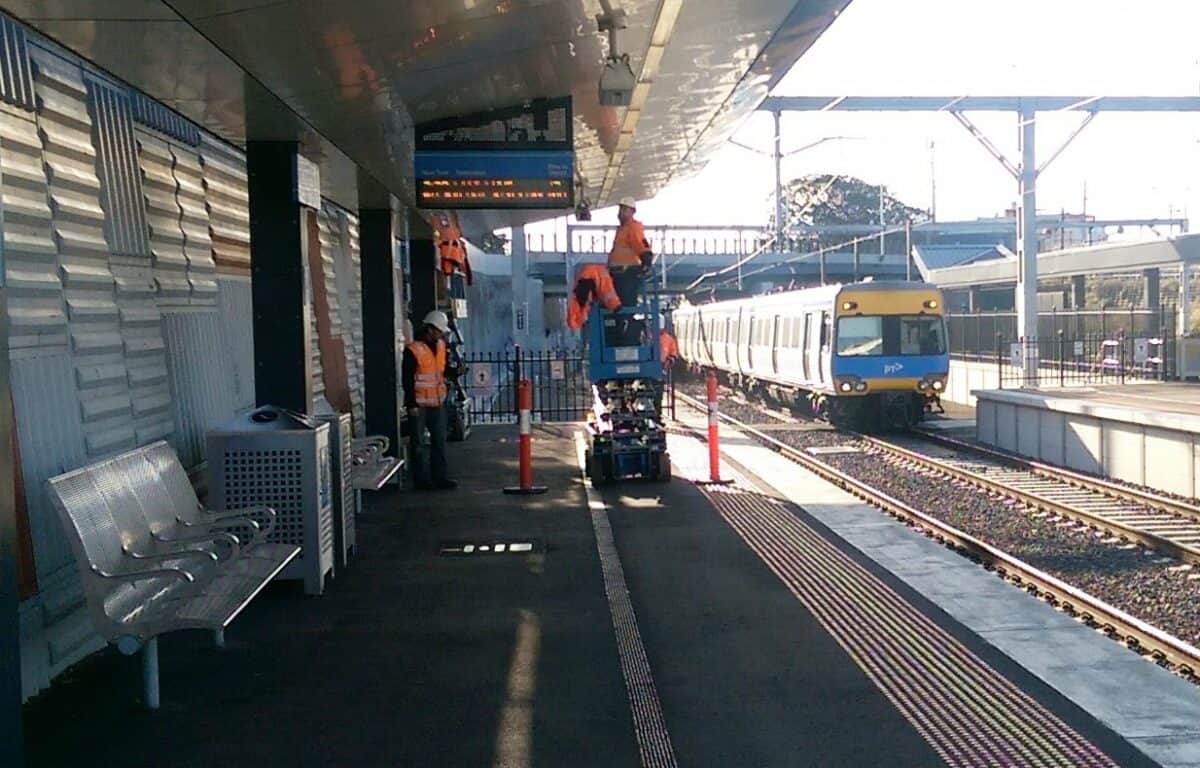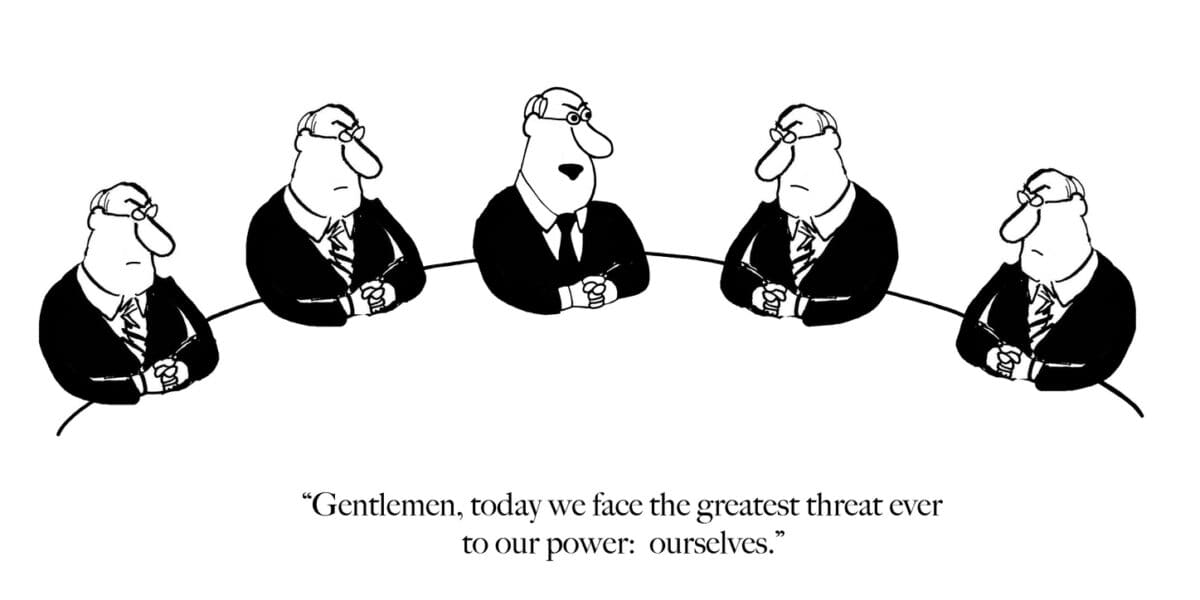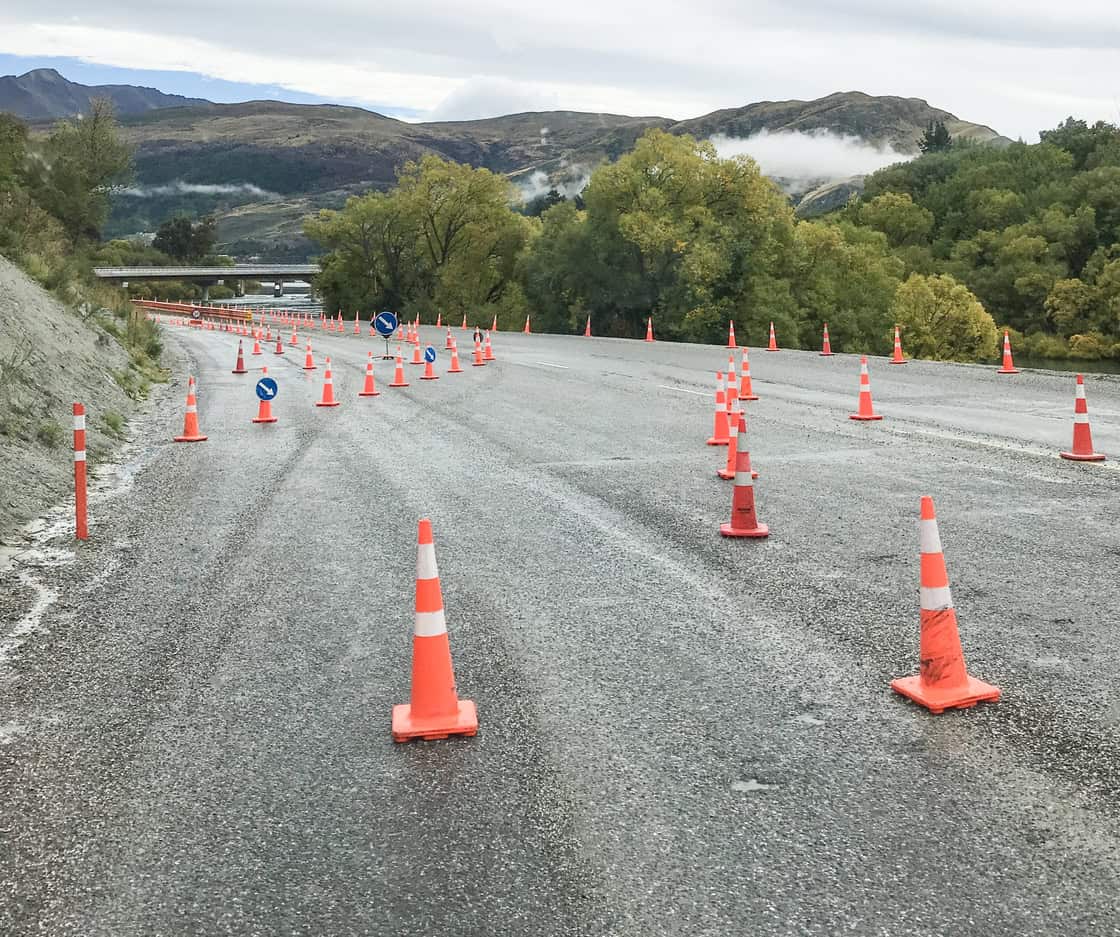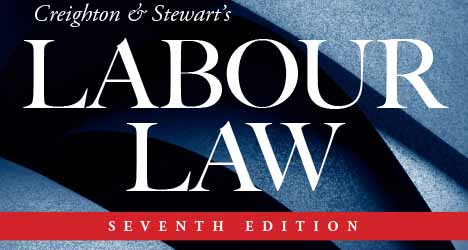This weekend, all the talk in Australia has been about the massive and unexpected electoral swing to the Australian Labor Party (ALP) in the federal election. Most pundits were expecting a majority government, at least, but now the ALP has a substantial majority in the House of Representatives. Possible constraints from a new Senate have yet to be identified.
But this blog is about occupational health and safety (OHS), so why start with an election summary? Industrial relations and, therefore, OHS were almost entirely absent from the election campaigns.







